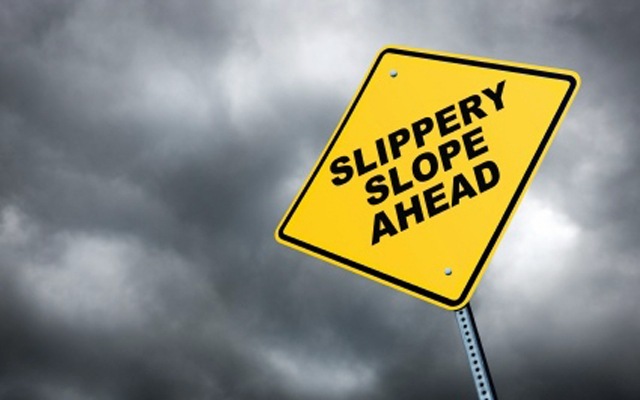The slippery slope of euthanasia – The Evidence
 Euthanasia: a failure of memory and imagination
Euthanasia: a failure of memory and imagination
MercatorNet 28 September 2017
Family First Comment: Part of a larger article on the problems of euthanasia – but shows the clear evidence that the slippery slope is well and truly greased by passing assisted suicide laws
Pro-euthanasia advocates also deny the reality of the slippery slopes it’s opened up in the Netherlands and Belgium.
The “logical slippery slope” – the expansion of the situations where euthanasia is allowed – has constantly enlarged. In the Netherlands, euthanasia is no longer restricted to competent adults with unbearable suffering able to provide informed consent. It’s now available to children, newborn babies with serious disabilities, and people with dementia and mental illness, such as depression, without physical illness. There are movements to legalise access to inflicted death for people “over 70 and tired of life” or who feel they have a “completed life”. Likewise, after just over a year of legalised euthanasia in Quebec, there are calls for it to be extended to “euthanasia on demand”, that is, that there should be no requirements for access by a competent person.
Instances of the “practical slippery slope” – euthanasia not in compliance with the law allowing it – are legion.
Safeguards are ineffective to prevent slippery slopes. As British moral philosopher Dame Mary Warnock has put it in another context, “you cannot successfully block a slippery slope except by a fixed and invariable obstacle”. In governing dying and death that obstacle is the rule that we must not intentionally kill another human being.
In short, once euthanasia becomes normalised slippery slopes are unavoidable and the number of deaths resulting from euthanasia constantly substantially increases. Belgium has had a 41 percent increase in four years 2011 to 2015. In 2002, when euthanasia was legalized in Belgium, there were 24 cases, in 2015 there were 2022. In Flanders in 2013, 4.6 percent of all deaths were by euthanasia and an additional 1.7 percent (approximately 1000 deaths) were without request. Unreported deaths were not included in these statistics. In the Netherlands, the number of deaths from euthanasia has increased by at least 10 percent per year since 2007 and is now 1 in 25 of all deaths, not including unreported deaths, probably at least 1000 deaths per year.
READ MORE: https://www.mercatornet.com/careful/view/euthanasia-a-failure-of-memory-and-imagination/20485?utm_source=MercatorNet&utm_campaign=2a114f22a7-EMAIL_CAMPAIGN_2017_09_28&utm_medium=email&utm_term=0_e581d204e2-2a114f22a7-124861319







